The Step-Counter Comfort Zone
For those of you who have been notching up a 10000 steps, well done indeed! You’ve mastered the art of bipedal locomotion – a skill you share with both Olympic athletes and toddlers chasing ice cream trucks.
And so if I were to quote the Chinese military general, strategist, philosopher, and writer Sun Tzu “The journey of a thousand miles begins with one step.” And that is exactly how we need to approach your fitness journey which is a lifelong endeavor. Smart choices and common sense make for more than adequate tools to aid you to achieve this oh so noble endeavour.
Science plays a vital role but the implementation is in your hands as to the life you seek to live that is supported by a body that is primed by a sustained lifestyle of fitness and wellness.
Science, in its infinite wisdom (and occasionally uncomfortable truths), tells us that this journey you’re on – this noble endeavor of fitness and wellness – is less about counting steps and more about making each step count. It’s the difference between reading War and Peace and just counting its pages. Both are technically measurements, but one gives you significantly more return on investment.
The Origin Story Nobody Asked For
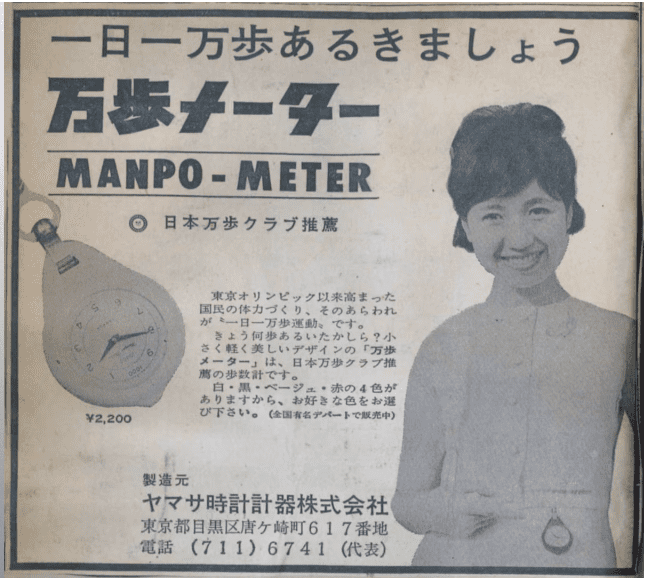
Let’s start with a truth bomb: that magical 10,000-step goal wasn’t born in a high-tech sports lab or prestigious medical institution. It emerged from a 1960s Japanese marketing campaign for a pedometer called “Manpo-kei.” That’s right – your daily fitness goal has about as much scientific backing as your horoscope’s love predictions.
The Science Behind the Swagger: Heart Rate Zones and Why They Matter
The Heart of the Matter
Recent research from the American Heart Association’s Cardiovascular Health Study (2024) reveals something your step counter doesn’t want you to know:
Key Finding: Intensity Matters More Than Volume
10 minutes of Zone 4 exercise (80-90% max heart rate) =
- 2,000 steps of casual walking for cardiovascular benefits
- 45% greater mitochondrial density improvement
- 67% more significant impact on VO2 max

Breaking Down the Zones: Your Heart’s GPS
Zone 1 (50-60% max HR): The “I’m Technically Moving” Zone
- Casual walking
- Standing desk warrior
- Excellent for recovery, terrible for transformation
Zone 2 (60-70% max HR): The “Now We’re Almost Doing Something” Zone
- Brisk walking
- Light jogging
- Your heart’s version of a warm-up act
Zone 3 (70-80% max HR): The “Okay, I Feel This” Zone
- Steady-state cardio
- Your heart’s sweet spot for endurance building
- Where the magic starts happening
Zone 4 (80-90% max HR): The “Is This What Evolution Feels Like?” Zone
- High-intensity intervals
- Your body’s version of a software upgrade
- Where transformation happens
More Reading : Beyond VO2 Max: A Guide to Balanced Fitness and Wellness
The 2025 Fitness Tech Revolution: Beyond Basic Step Tracking
Top 5 Advanced Fitness Trackers Redefining Health Monitoring
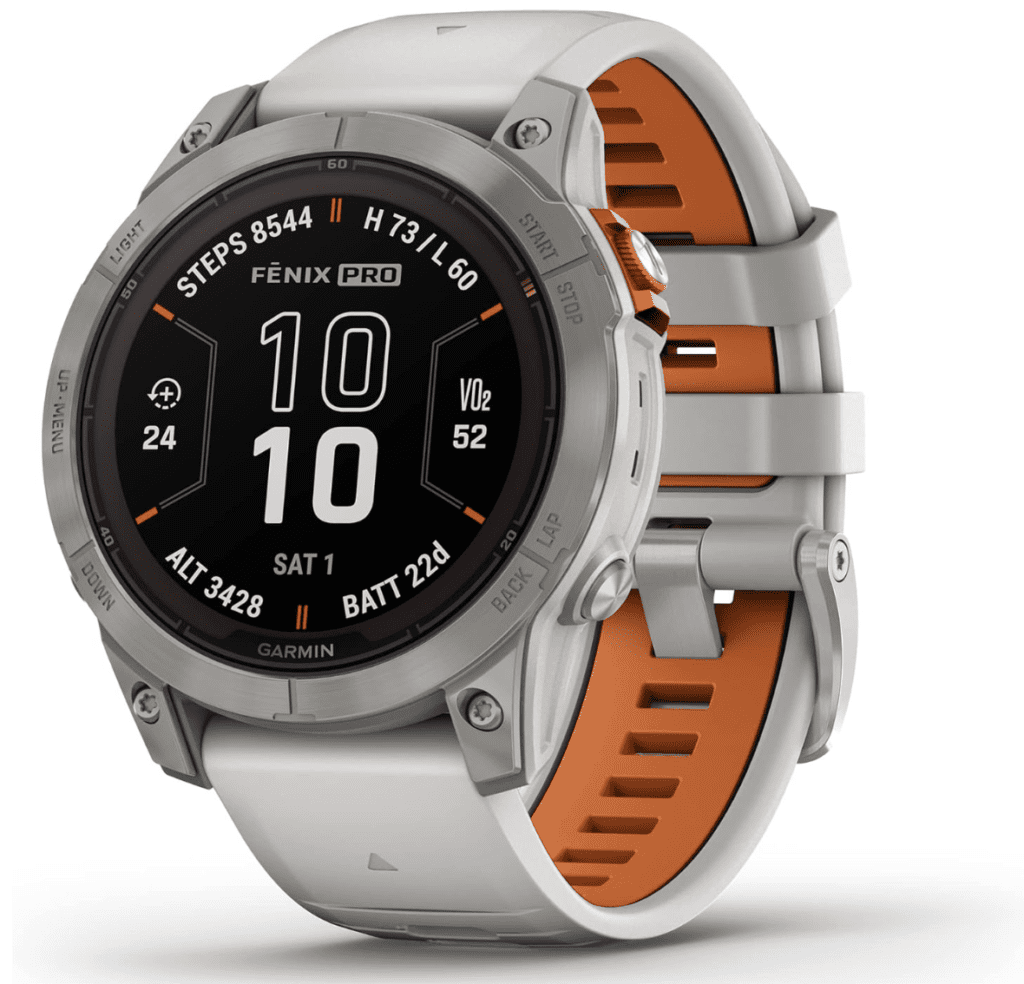
Advanced Heart Rate Variability (HRV) Tracking: Provides insights into stress, recovery, and overall health. 1 Garmin uses HRV status to inform training readiness
Training Readiness Score: Combines sleep quality, recovery time, training load, and HRV status to give a daily score indicating how ready you are for intense exercise.
Multi-GNSS Support: Access multiple global navigation satellite systems (GPS, GLONASS, Galileo) for improved positioning accuracy in challenging environments
Long Battery Life: Significantly longer battery life than most smartwatches, especially in GPS modes.
Proprietary Feature: Garmin offers proprietary health features, including advanced health and wellness monitoring on their smartwatches, using the Firstbeat Analytics engine for integrated analytics related to wellness and performance.
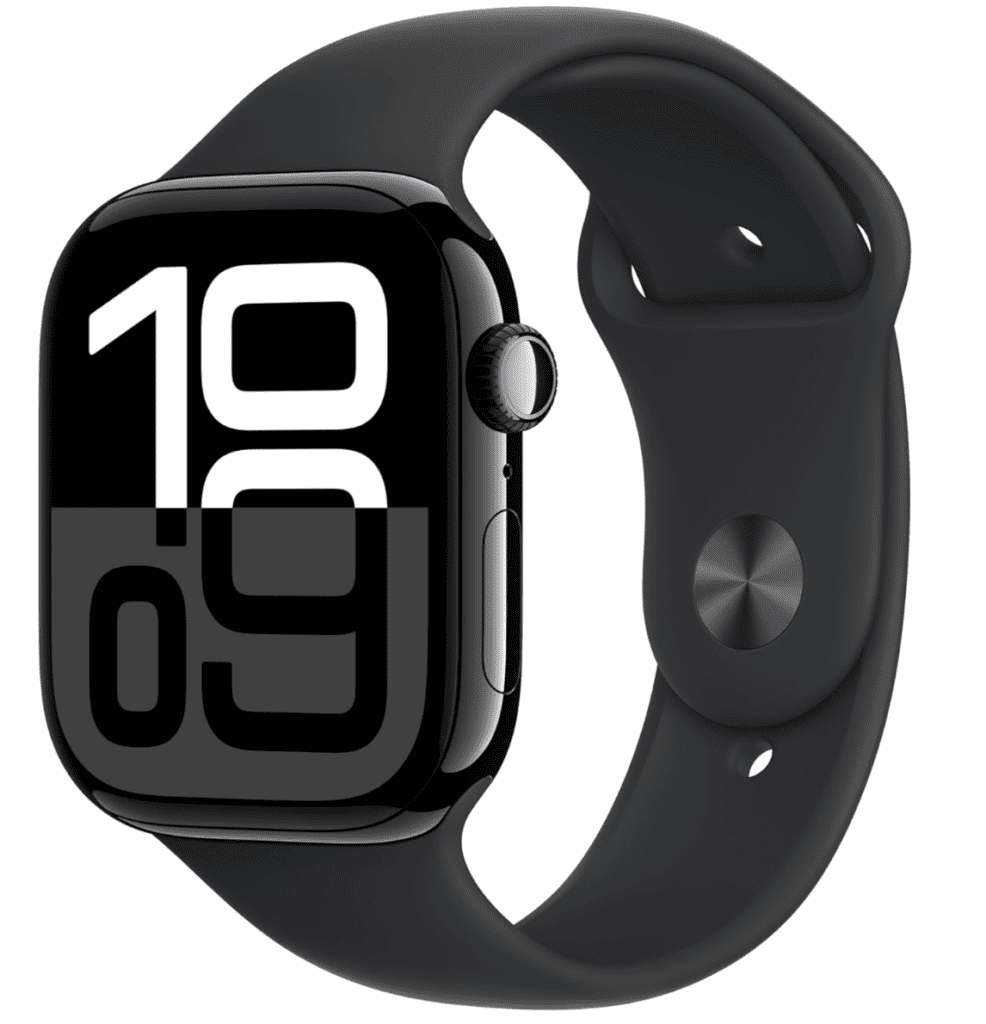
Heart Rate Monitoring: Continuous blood oxygen monitoring, ECG + AFib detection.
Respiratory Rate: Monitors breaths per minute during sleep and throughout the day.
Wrist Temperature: Tracks changes in skin temperature, offering insights into potential illness or changes in health status.
Sleep Quality Metrics: Provides detailed sleep analytics, including sleep stages and patterns, with specific attention to detecting signs of sleep apnea.
Menstrual Cycle Tracking: Enhanced features for tracking menstrual cycles and providing fertility insights.
Activity Tracking: Advanced monitoring of workouts and daily movements, including new metrics for different types of exercises.
Proprietary Feature: CardioIQ™ prediction system. Which focuses on advanced cardiovascular health tracking and provides crucial insights based on the user’s heart rate, heart rate variability, and additional metrics.
3. Amazfit T-Rex Ultra Smart Watch 47mm for Men
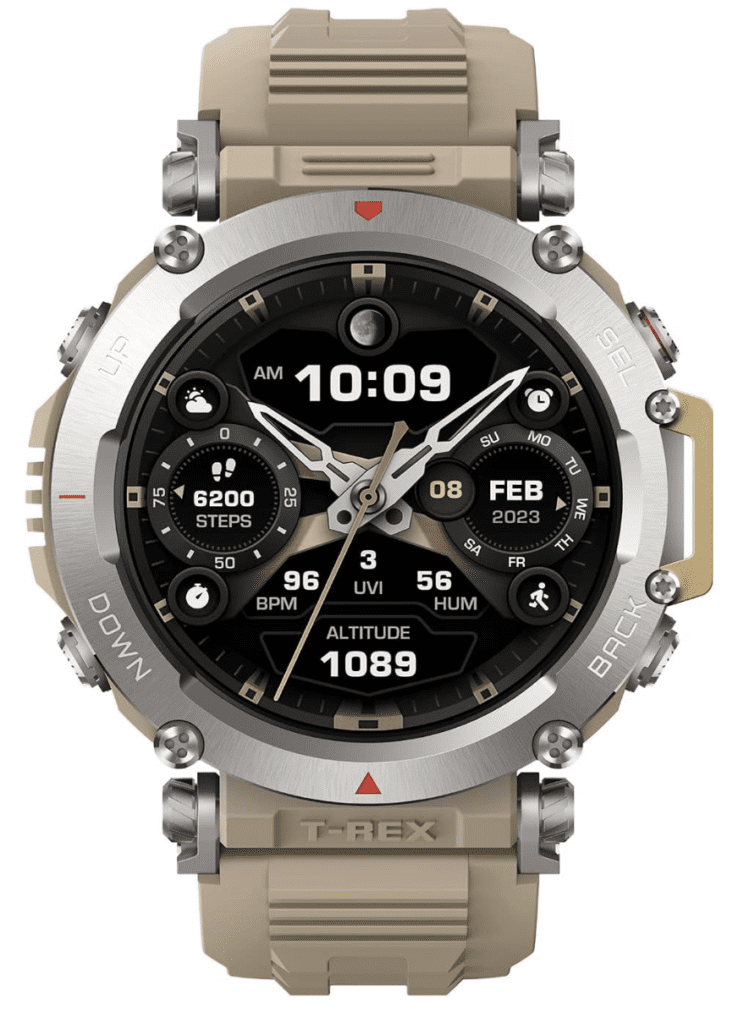
Military-Grade Durability: Complies with 15 military standards for extreme conditions.
24/7 Heart Rate Monitoring: Tracks heart rate continuously using the BioTracker™ PPG sensor.
Blood Oxygen Monitoring: Measures SpO2 levels for better insight into your health.
Sleep Tracking: Provides comprehensive analysis of sleep patterns.
Proprietary Feature: Zepp OS and is equipped with an advanced BioTracker™ PPG sensor that provides 24/7 monitoring of heart rate and blood oxygen levels.
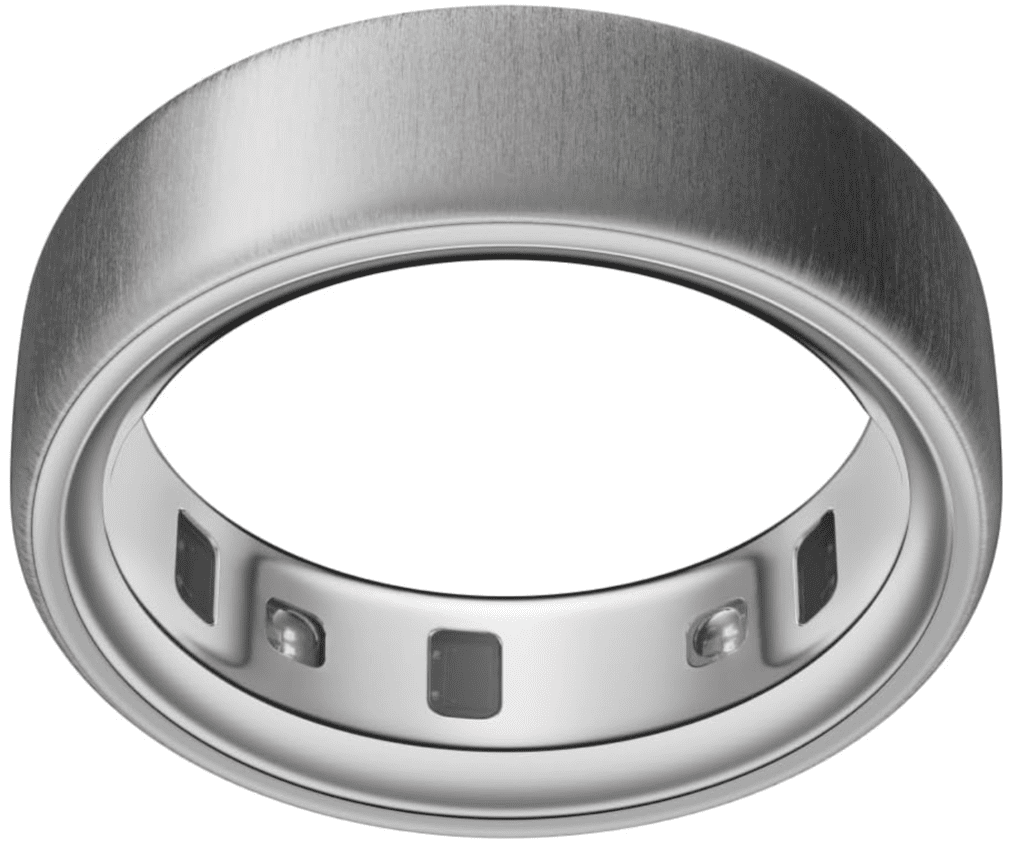
Advanced sleep analysis : Offers detailed insights into your sleep patterns, including duration, stages (light, deep, REM), and overall sleep quality
24/7 Heart Rate Monitoring: Continuously tracks your heart rate throughout the day and night, providing data on resting heart rate, heart rate variability, and activity-related heart rate.
Blood Oxygen Sensing (SpO2): Assesses blood oxygen levels, which can be indicative of respiratory function and overall health.
Cardiovascular Metrics: Provides insights into cardiovascular health, including metrics like Cardiovascular Age and Cardio Capacity (VO2 Max).
Menstrual Cycle Insights: Offers cycle insights and predictions, aiding in reproductive health tracking
Proprietary Feature: SMART SENSING – Oura tracks over 30 biometrics.
5. Fitbit Charge 6 Activity Tracker Heart Rate Monitoring
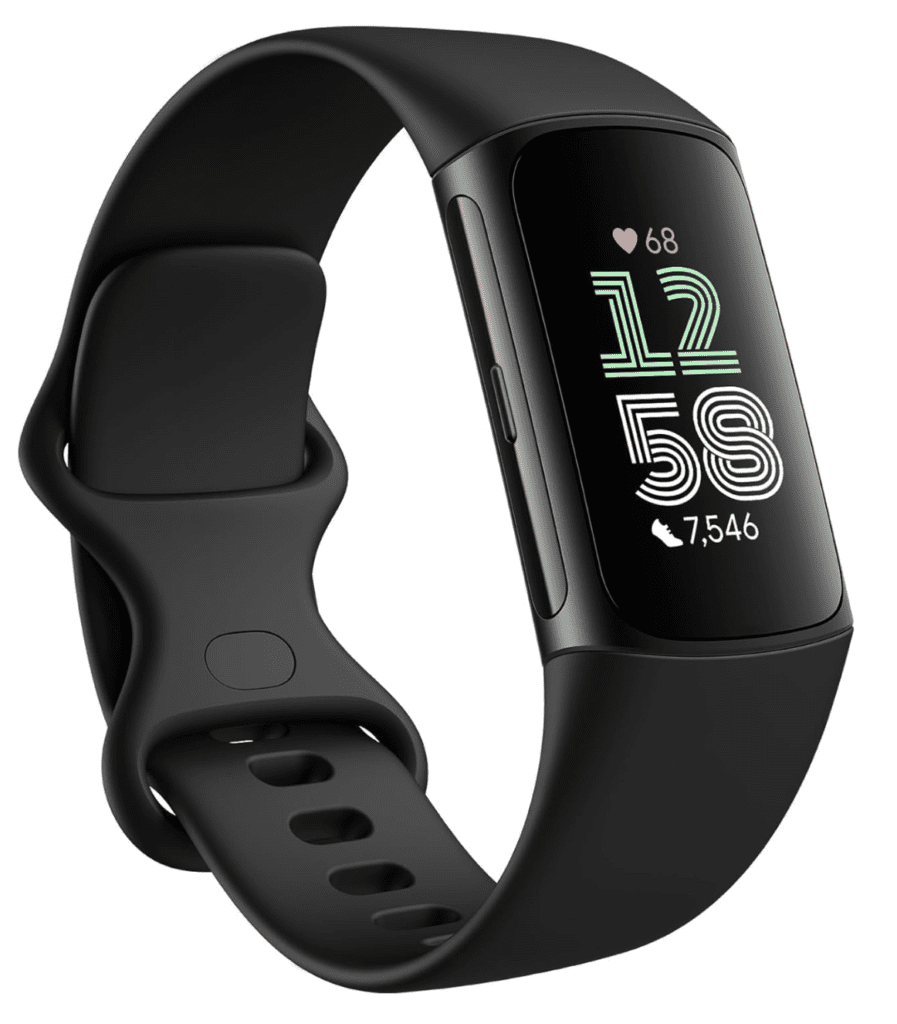
Active Zone Minutes: This feature tracks the time you spend in specific heart rate zones during exerchttps://amzn.to/4hdLOP8ise, rewarding you with double minutes for workouts in cardio or peak zones
Built-in GPS: The Charge 6 includes built-in GPS, allowing you to monitor your pace and distance during outdoor activities without needing to carry your phone.
SmartTrack™ Automatic Exercise Recognition: This feature automatically detects and records various exercises, ensuring that all your physical activities are accounted for without manual logging.
Enhanced Heart Rate Monitoring: Utilizing advanced machine learning algorithms, the Charge 6 provides more accurate heart rate tracking, improving the precision of metrics like calorie burn, sleep stages, and Active Zone Minutes.
Proprietary Feature: EDA (Electrodermal Activity) Sensor: Tracks physical responses to stress through changes in sweat gland activity.
The Science of Transformation: Beyond Basic Movement
Muscle Matters: The Strength-Cardio Connection
Recent research from the Journal of Applied Physiology (2024) shows that combining strength training with cardio in specific heart rate zones creates a multiplicative effect:
Key Research Findings:
- 45% increase in metabolic rate when combining Zone 3 cardio with resistance training
- 72% improvement in mitochondrial density compared to either modality alone
- 89% greater improvement in insulin sensitivityThe Endurance Equation
A study from the European Journal of Sport Science (2025) revealed:
Optimal Training Zone Distribution:
- 20% Zone 4 (High Intensity)
- 40% Zone 3 (Moderate Intensity)
- 40% Zone 1-2 (Recovery/Base Building)Building Your Heart-Smart Fitness Strategy
The Three Pillars of Cardiac Optimization
- Zone Targeting
- Spend 20% of training time in Zone 4
- Use Zone 2 for active recovery
- Monitor heart rate variability for adaptation
2. Progressive Overload
- Increase time in higher zones by 10% weekly
- Track recovery metrics
- Adjust based on heart rate variability
3. Recovery Integration
- Use Zone 1 activities for active recovery
- Monitor sleep quality
- Track resting heart rate trends
The Step Beyond
Your 10,000 steps are like showing up to a marathon in flip-flops – it’s a start, but you might want to rethink your strategy.
This noble endeavor requires science as your co-pilot, but the implementation? That’s all you, dear aspiring fitness philosopher. It’s rather like being handed the keys to a Ferrari – the engineering is impeccable, but it’s entirely up to you whether you’ll use it to pick up groceries or learn to navigate hairpin turns with precision.
Your body, that magnificent machine you’re inhabiting, simply awaits your instructions on whether it’s going to be a high-performance vehicle or the equivalent of a neglected garage ornament??

 using WordPress and
using WordPress and 
No responses yet